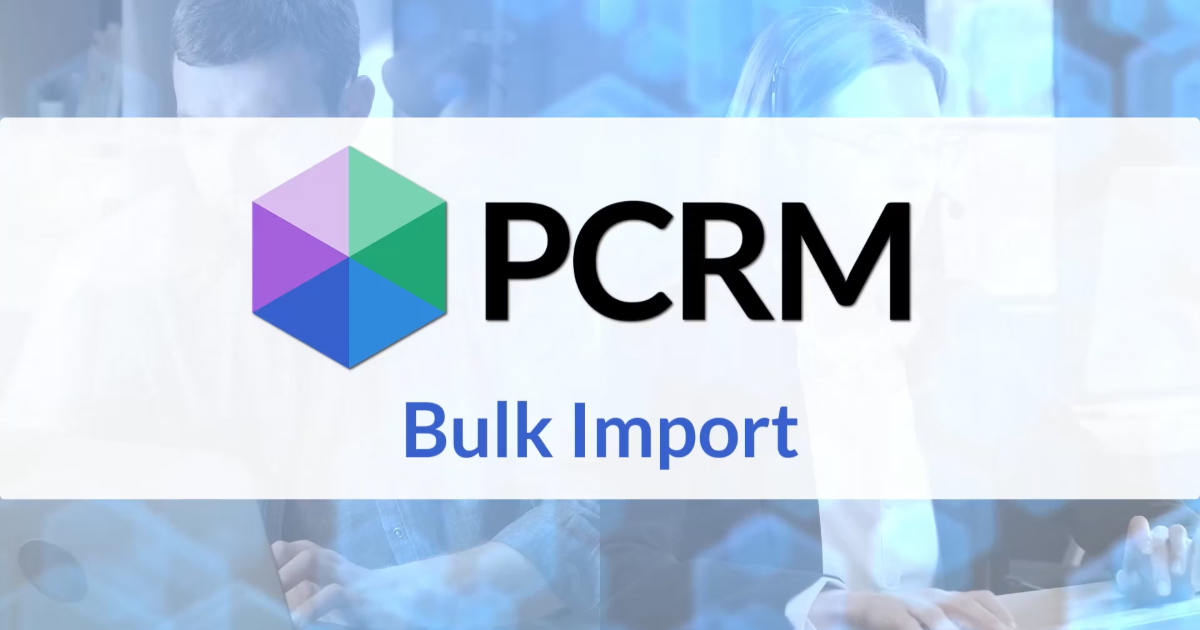The changing face of the manufacturing industry is causing employers to adapt their hiring processes accordingly. Mainly, employers are focusing more on people than anything else, which is a step in the right direction. There are many tools, such as an applicant tracking system, that are making this move possible.
The nation’s manufacturing industry as a whole has been coping with a decline in resources as fewer graduates are learning the basic technical skills that are necessary to fill replacement positions. That, coupled with the increasing technology in production, is requiring manufacturers to invest more in their employees.
These changes, along with the rising cost of making a bad hire, are reiterating the value of finding the right candidate for the job. With that in mind, employers are working to provide a standardized process that screens a candidate’s skills and behaviors against company requirements.
“The challenging part is to design a process that fairly and effectively screens a candidate,” notes a recent article from IndustryWeek. “And this is where hiring technology comes into play. Used successfully for years in retail where high levels of turnover required automation to manage, the technology is now standard practice for most retailers.”
Many experts suggest that manufacturing companies use a data-driven process to improve the quality of each hire. This type of process usually entails some form of skill and behavioral assessment in addition to the typical ATS process.
“Behavioral assessment tools apply complex science to help managers make objective, data-driven assessments of candidates as they make their hiring decisions,” the article states. “While no tool can predict employees’ performance with 100 percent accuracy, these assessments provide manufacturers with an efficient means of measuring critical aspects of a person’s knowledge, skills, personality, experience, and motivation that influence whether the person is likely to succeed or fail in a particular job.
“Using these tools can help managers identify applicants who are likely to demonstrate behaviors that make them successful on the job, eliminate applications without the essential competencies to perform the job effectively, and greatly improve the accuracy of hiring decisions,” the article continues. “As a result, these tools can enhance the quality of the manufacturing workforce, increase output and productivity, reduce labor costs, and boost the bottom line.
A good ATS usually takes a three-pronged approach when it comes to finding the best candidate, including:
1. Screening – to help managers quickly identify candidates who will most likely be a good fit.
2. Hiring – to help managers make objective, knowledge-based evaluations of a candidate’s fit for a specific position.
3. Onboarding – to expedite background checks, tax credit screenings, employment eligibility and payroll integration.
“Workforce assessment tools automate screening, selection, and onboarding processes to allow manufacturers to standardize on and enforce uniform and consistent processes based on characteristics proven to result in successful workforce performance,” the article adds. “Manufacturers can capture candidate information and decision criteria consistently and accurately. Automated features also make the overall hiring process faster, more efficient, more comprehensive and less costly.”

Every minute you spend on manual data entry is a minute you’re not connecting with your next great candidate or client. The record entry features in PCRM make adding names, companies, and jobs a breeze, and with our latest update this extends to bulk-imports.
Read more
Join SourceWhale’s Scott Littrell for a 30-minute session Oct. 9 to learn how recruitment teams can freshen their PCR data and turn it into revenue. Learn about free trials and new features!
Read more
PCRecruiter’s new AI Candidate Match helps recruiters instantly surface the top 20 candidates in their database for any role. With AI-powered match scores, keyword insights, and analysis summaries, you can identify qualified talent faster and move them directly into pipelines or rollup lists. Save time and improve placements with automated candidate suggestions.
Read moreWhether you're just getting started or an industry vet, we'd like to help.